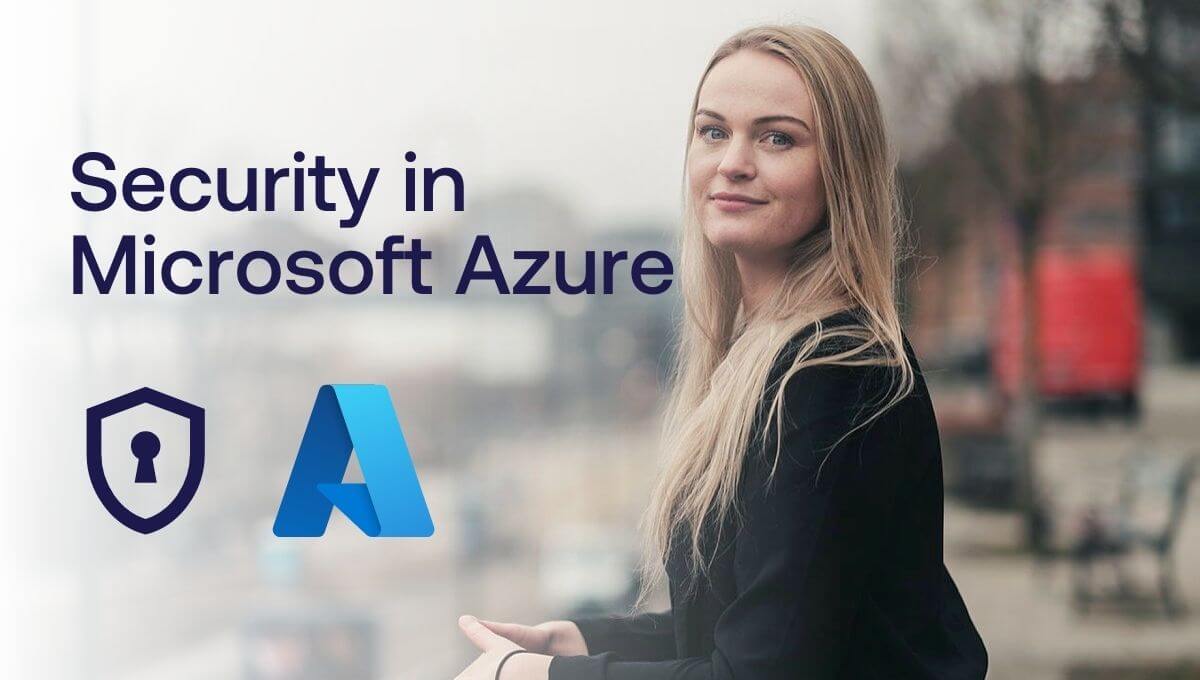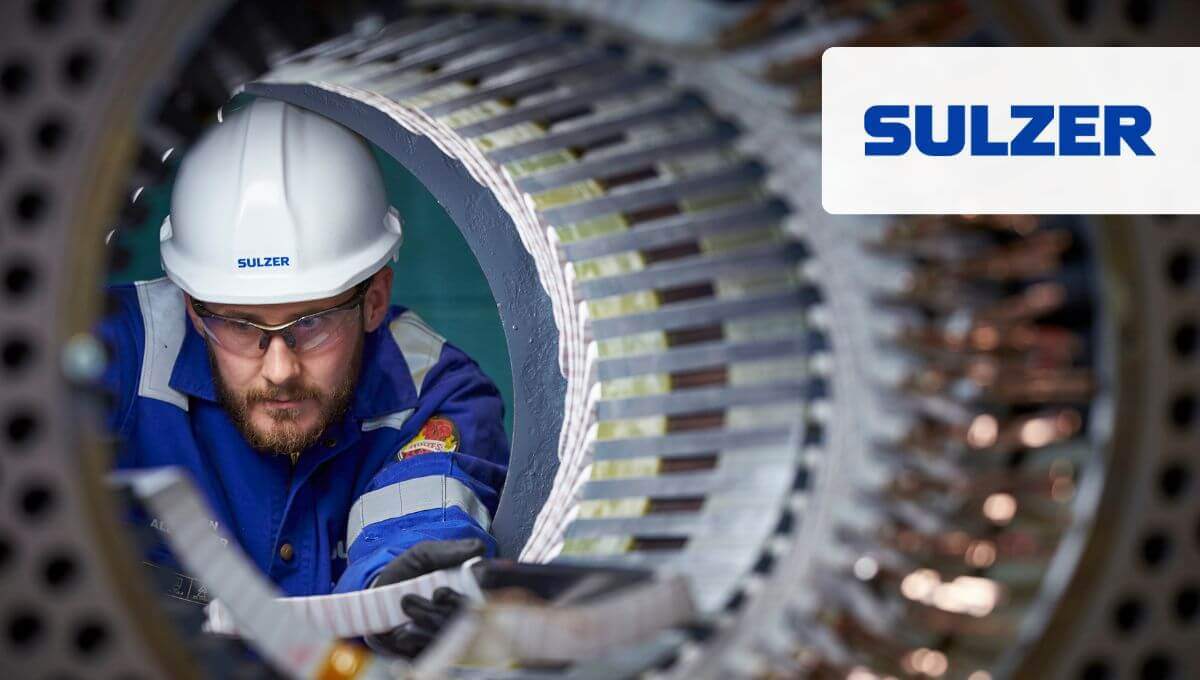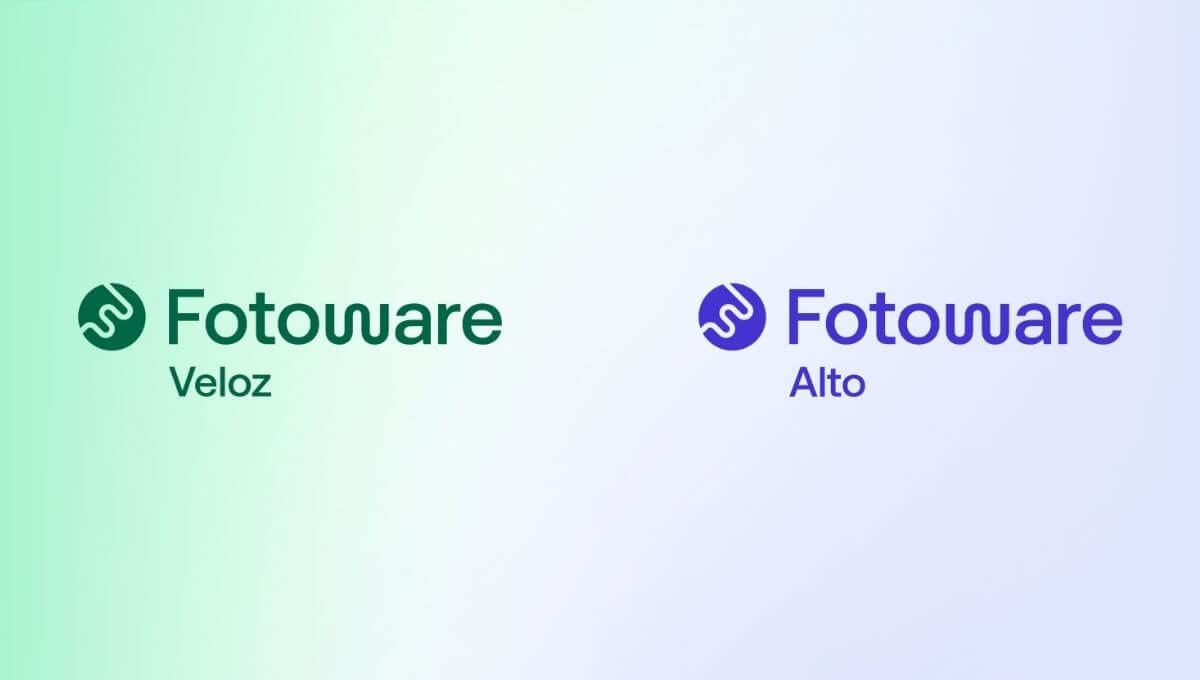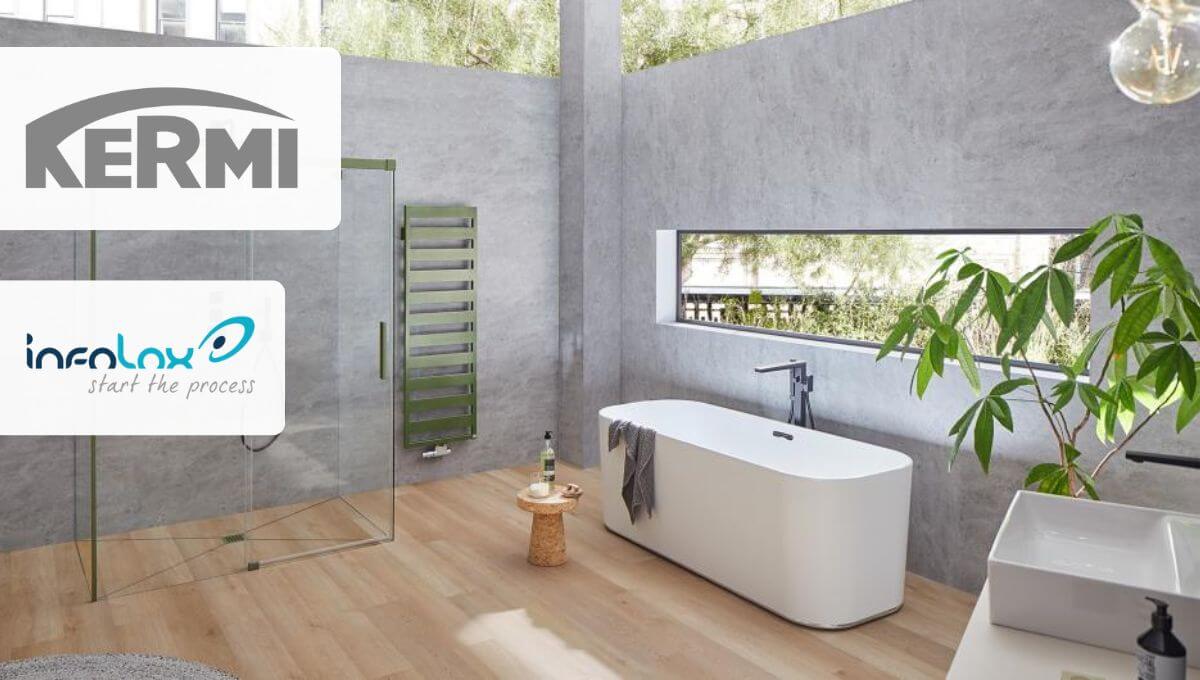
The perfect combination of PIM and DAM for KERMI
The innovative tradition-rich company KERMI from Plattling in Lower Bavaria has been combining the topics of comfort and design in products for air conditioning and bathrooms for many decades.
In order to communicate this unique competence, pioneering solutions, and inventive spirit to the market in an adequate manner on all channels, KERMI has been working with infolox as a partner in the areas of Digital Asset Management (DAM) and Product Information Management (PIM) for many years. Digital assets such as audiovisual media are playing an increasingly important role.
The need for a pioneering DAM solution
It was, therefore, time for KERMI to replace its existing DAM system with a more powerful and modern solution. This new solution was to be integrated with the other product information from KERMI's PIM system. After an extensive selection phase, KERMI chose the state-of-the-art DAM system Fotoware Alto (previously Picturepark Content Platform*). As a headless and API-first system, Fotoware Alto comes with a modern architecture that optimally meets KERMI's integration requirements.
Subsequently, to the decision, infolox created the concept and carried out the integration into the existing environment. During the selection process, KERMI's first priority was the usability of the new DAM. Naturally, it had to cover all typical use cases and be optimally integrated with their PIM. A dedicated DAM solution is the right choice when the focus is on distributing media in many different formats, sizes, colors, and resolutions to many different users. If both a PIM and a DAM system are in use, the type of integration becomes the key factor for success. This is exactly the core competence of infolox.
READ MORE: DAM vs. PIM - What's the Difference?
Different ways of integrating: PIM/DAM versus PIM and DAM
1. Full integration of metadata
In the first type of integration, "full integration of metadata," the DAM system takes the lead in asset maintenance: all assets are first created, maintained, categorized, and tagged there. The metadata for product-related assets is then regularly synchronized with the PIM via the API, where it is linked to products, variants, and product groups. This link information is synced back into the DAM to enable researching which assets are associated with which products. That means actual assets remain in the DAM - only metadata and possibly a thumbnail are synchronized to the PIM.
When initiating an export from the PIM for e.g., print publications, the DAM is triggered, and the required asset is exported to the publication workflow in the appropriate resolution. For online publications, on the other hand, there is no export of assets; only the link information is used, and the assets are retrieved by the online platform directly from the DAM.
This solution is particularly useful if many other assets are to be managed in addition to product-oriented content and if these often receive product references only in the second step.
2. Leading PIM with fusion in DAM
In the second type of integration, "leading PIM with fusion in DAM," the PIM system is responsible for the maintenance of product-related assets. In this scenario, assets (product images, user manuals, assembly instructions, product drawings, etc.) are maintained in the PIM and then regularly exported to the DAM.
In the process, both metadata and the original asset are transferred. Non-product assets, on the other hand, are managed directly in the DAM. Consequently, the fusion of all assets takes place in the DAM. The product-relevant channels/publications can be supplied from both the PIM and the DAM, depending on the process requirements.
This solution is particularly suitable if dedicated product-oriented assets dominate and are to be created directly on products, while other product-neutral media are to be managed as a supplement.
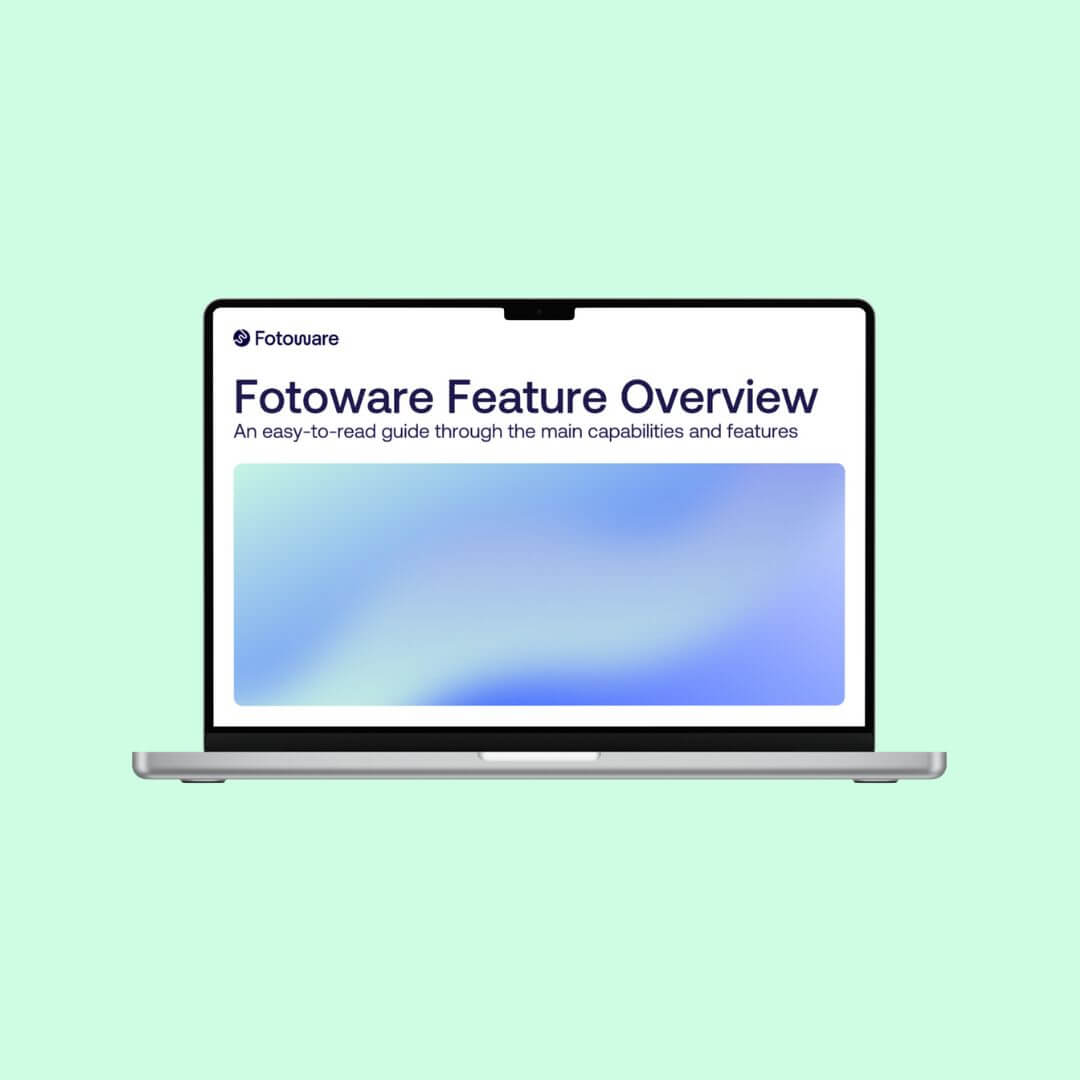
Feature Overview
A complete overview of the Fotoware Digital Asset Management solution features, capabilities, and benefits.
Powerful integrations made possible
After a short but intensive analysis and based on the existing processes - KERMI decided on the first variant, and infolox immediately started with the implementation and integration. Fotoware Alto's clean system architecture and API-first strategy, as well as infolox's extensive experience with PIM and DAM in highly integrated MACH architectures, enabled the system to be implemented and integrated with viamedici EPIM quickly and efficiently.
— "Even though we had been using a DAM system for many years and had also integrated it with the PIM system, this was a quantum leap for us. Both, the Fotoware Alto DAM system with its modern and powerful interface, and the new possibilities of integration through infolox's API-first approach are superior to the old system in terms of usability, efficiency, stability and performance."

Want to learn more?
Talk to one of our experts to discover how we can streamline your organization's content workflows.
Article source: infolox.de
*Picturepark Content Platform / Fotoware Alto is part of the Fotoware product suite since Swiss DAM vendor Picturepark was acquired by the Fotoware Group in 2022.
